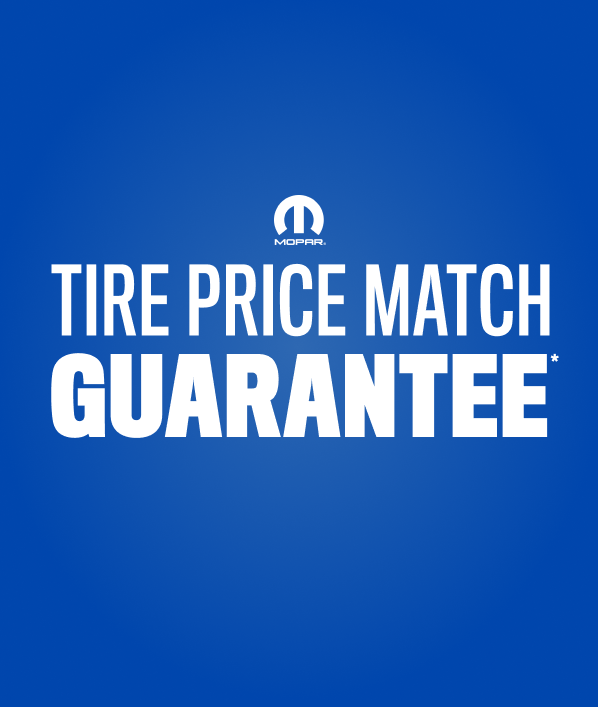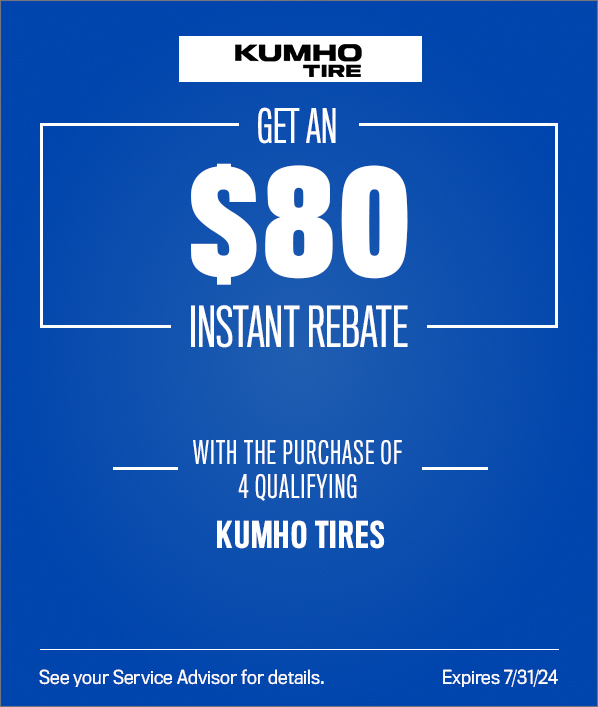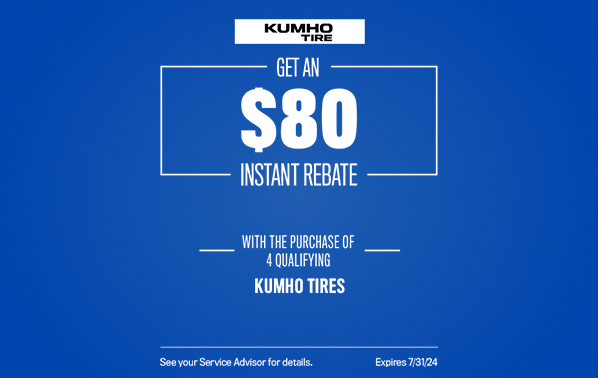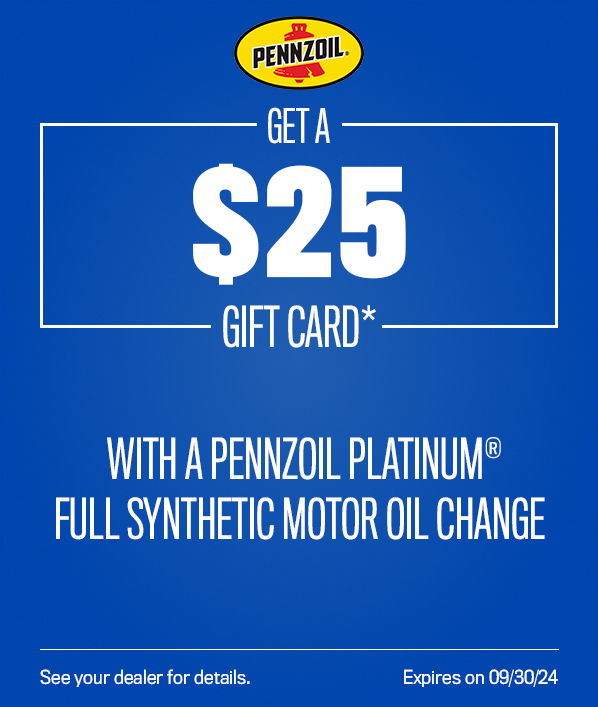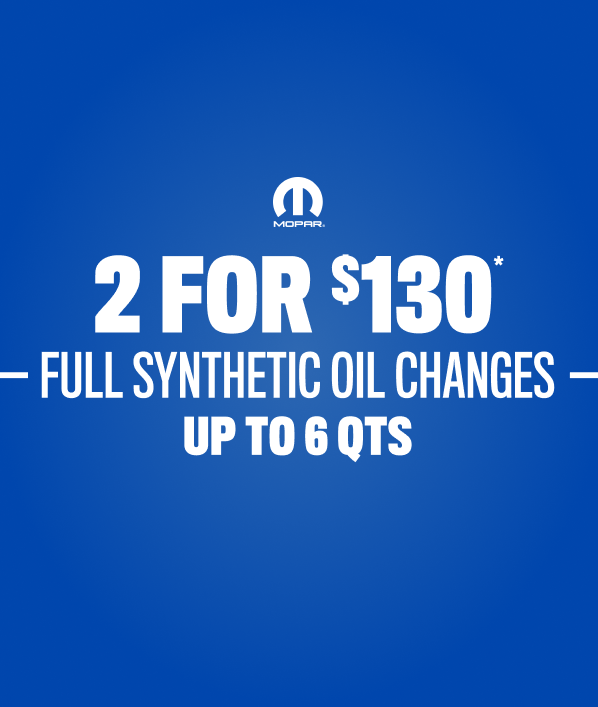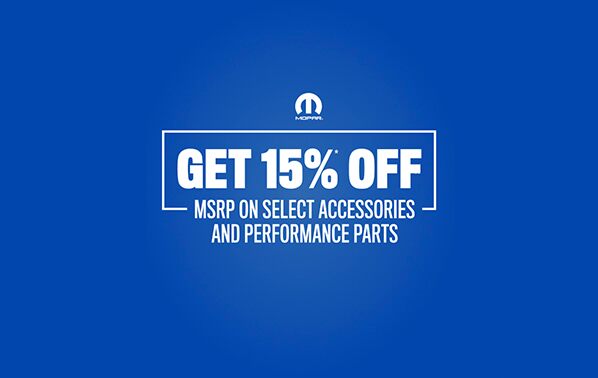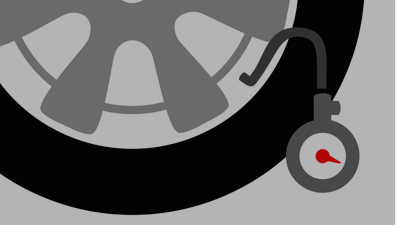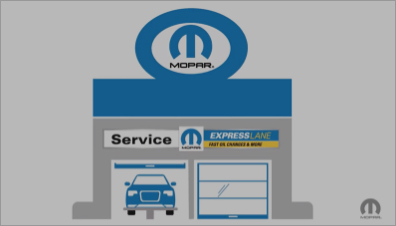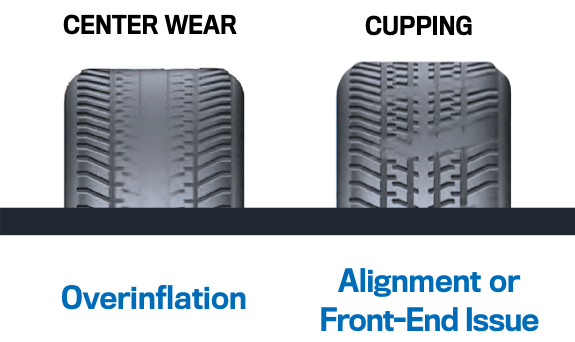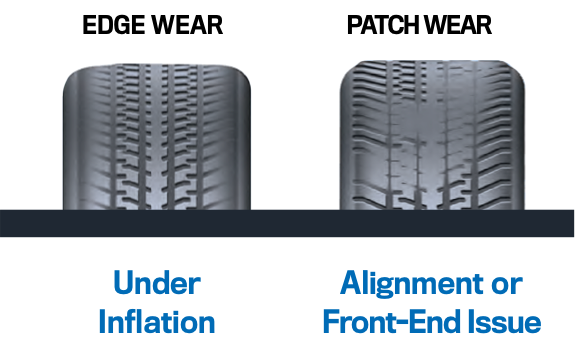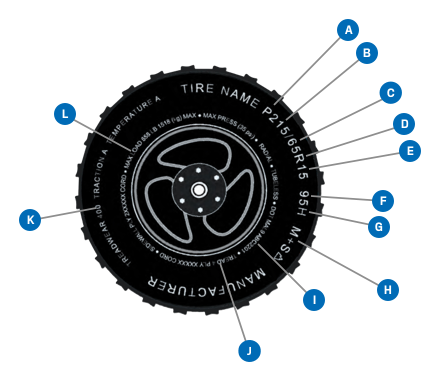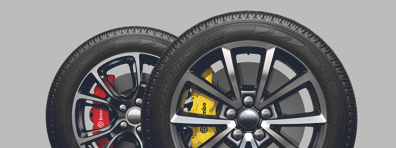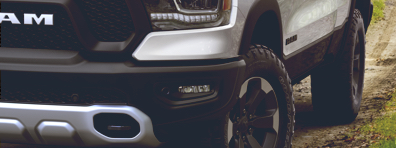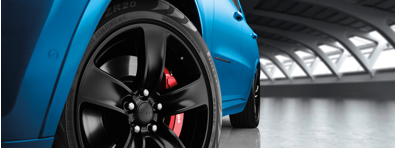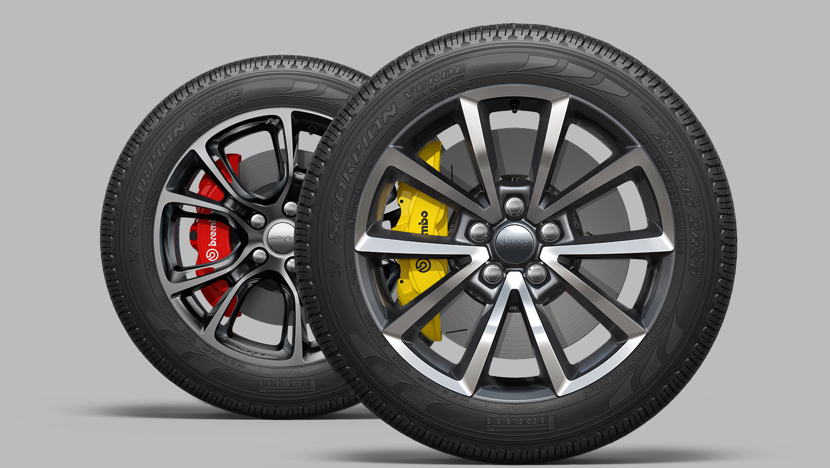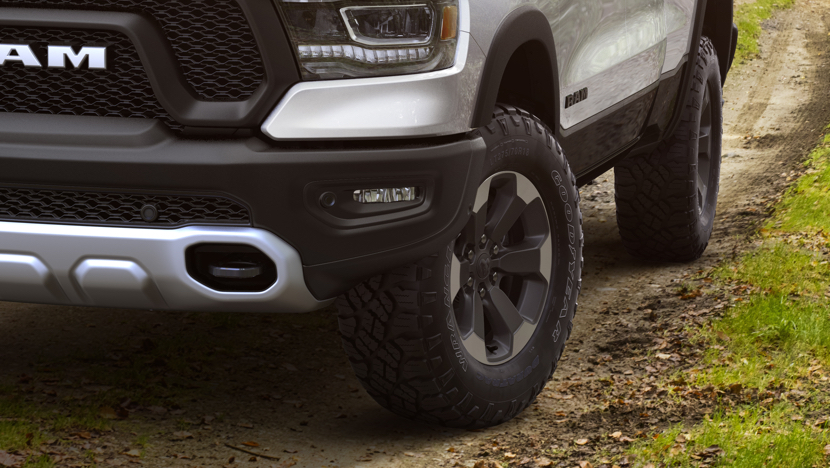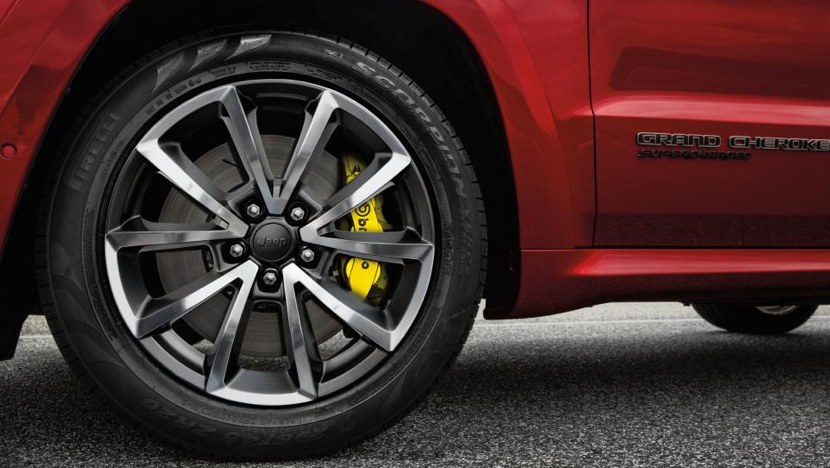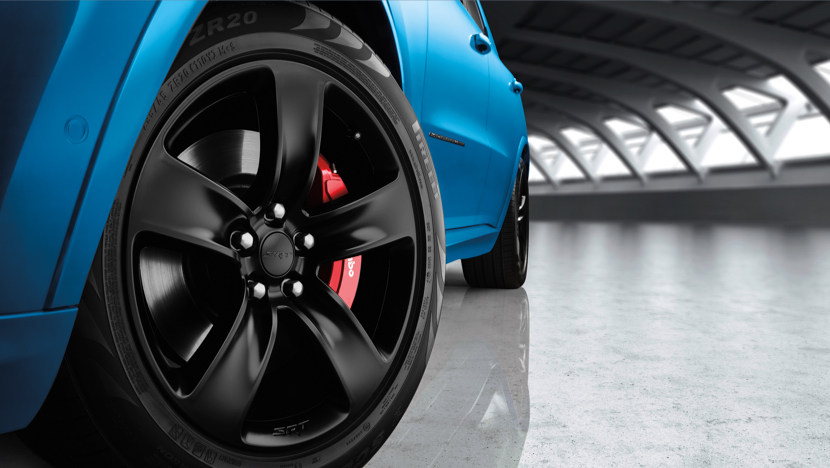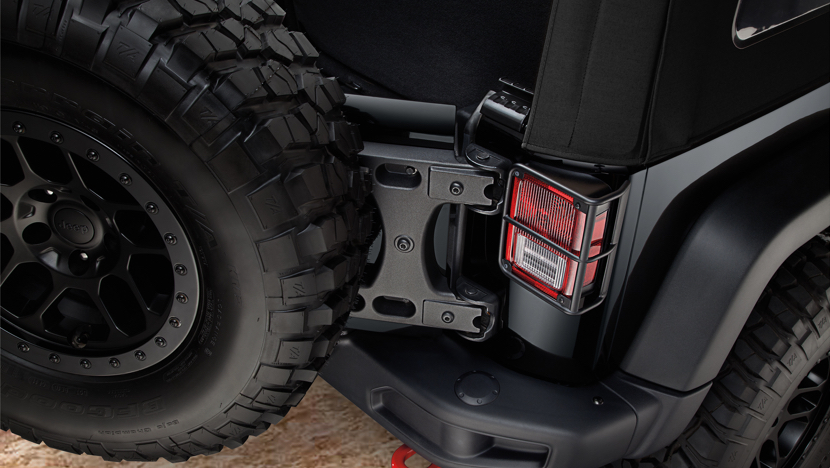We offer tires for all vehicle makes and models, in addition to the brands shown below.
- Compass
- Cherokee
- Grand Cherokee
- Grand Cherokee L
- Grand Cherokee 4xe
- Gladiator
- Renegade
- Wrangler
- Wrangler 4xe
- Wagoneer
- Grand Wagoneer
- Charger
- Challenger
- Durango
- Journey
- Grand Caravan
- Hornet
- Hornet Hybrid
- Ram 1500
- Ram 1500 Classic
- Ram 1500 TRX
- Ram 2500
- Ram 3500
- Ram ProMaster
- Ram ProMaster EV
- Pacifica
- Pacifica 300
- Pacifica Hybrid
- Chrysler 300
- Voyager
- 124 Spider
- 124 Spider Abarth
- 500X
- 500L
- 500e
We've got you covered with the top tire brands. Whatever your need is, our experts will help fit you with right tire for your ride.
- Goodyear
- Firestone
- Continental
- Falken
- Nexen
- Dunlop
- Michelin®
- General
- Ohtsu
- Toyo
- Kelly
- BFGoodrich
- Yokohama®
- Hankook
- Nitto
- Bridgestone®
- Uniroyal
- Pirelli®
- KUMHO



